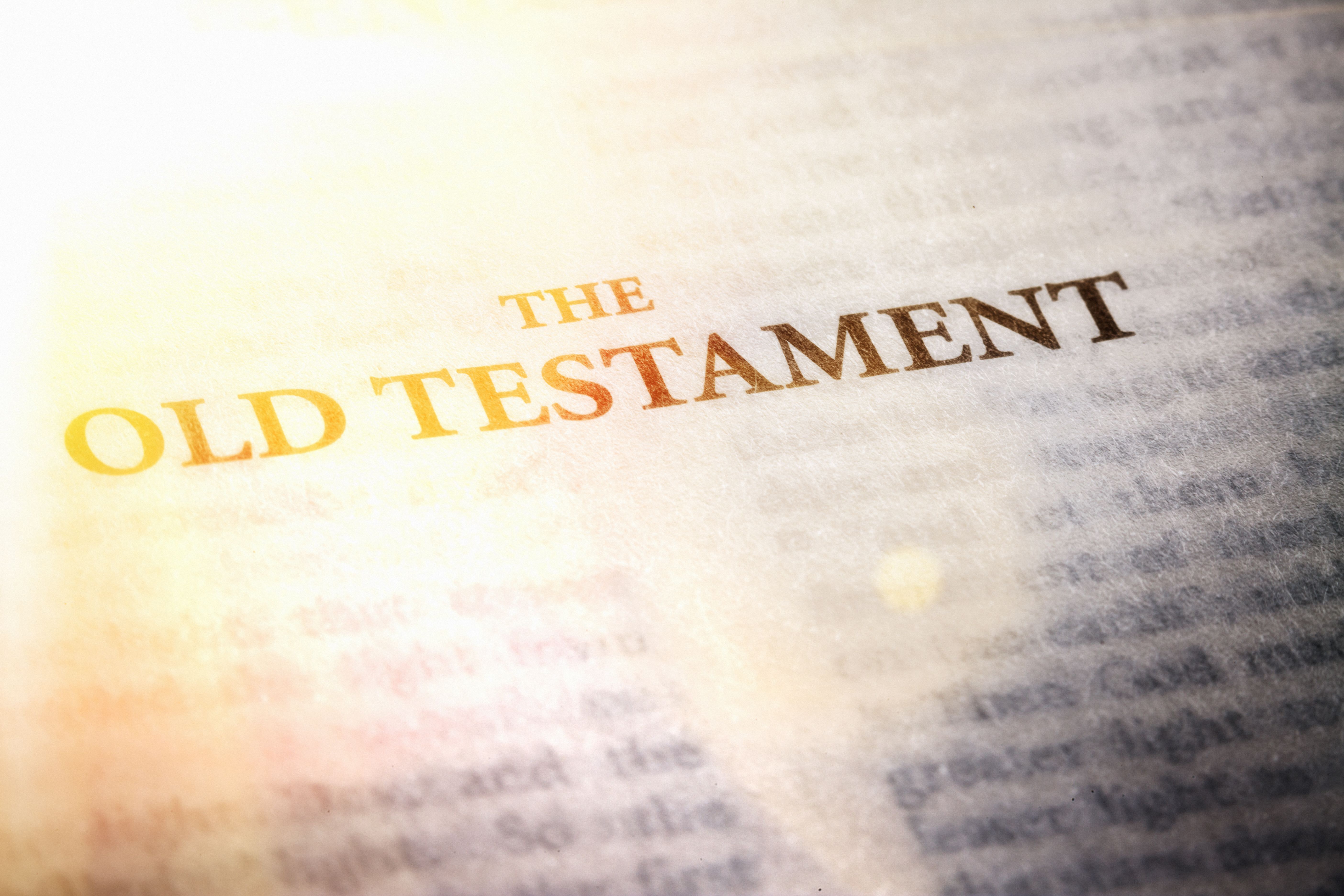Tracing the Roots: Matthew's Connection to the Old Testament
Introduction to Matthew’s Gospel
The Gospel of Matthew stands as a cornerstone of the New Testament, intricately connecting the life and teachings of Jesus to the rich tapestry of the Old Testament. Written primarily for a Jewish audience, Matthew's gospel aims to affirm Jesus as the long-awaited Messiah, fulfilling ancient prophecies and traditions. This connection is evident throughout the text, as Matthew frequently references the Old Testament to validate Jesus' divine mission.

The Genealogy of Jesus
Matthew begins his gospel with a detailed genealogy of Jesus, tracing His lineage back to Abraham, the father of the Jewish nation. This genealogy is not merely a list of names but a deliberate effort to link Jesus to significant figures in Jewish history. By highlighting ancestors like David and Abraham, Matthew establishes Jesus’ royal and covenantal heritage, reinforcing His rightful place as the prophesied King.
The genealogy also serves a theological purpose, underscoring the continuity between the Old and New Testaments. Through this lineage, Matthew emphasizes that Jesus is not an isolated figure but rather the culmination of God’s promises to His people.
Fulfillment of Prophecy
A key theme in Matthew's gospel is the fulfillment of Old Testament prophecies. Throughout the text, Matthew frequently uses phrases like "this was to fulfill what was spoken by the prophet" to draw direct connections between Jesus' actions and the predictions of ancient prophets. This technique not only demonstrates Jesus' messianic identity but also reassures Jewish readers of the continuity in their faith tradition.

Some notable examples include Jesus’ birth in Bethlehem, His flight to Egypt, and His role as a healer. Each event is meticulously documented by Matthew, showing how Jesus embodies the prophecies laid out in scriptures like Isaiah, Micah, and Hosea.
The Sermon on the Mount
Another significant element of Matthew's gospel is the Sermon on the Mount, where Jesus delivers profound teachings that echo old commandments while introducing new interpretations. By doing so, Matthew presents Jesus as a teacher who builds upon Mosaic Law, offering deeper spiritual insights that fulfill rather than nullify the Old Testament laws.
In this sermon, Jesus addresses topics like anger, adultery, and love for enemies, providing a more profound understanding that aligns with God’s original intent. This approach not only solidifies Jesus’ role as a divine teacher but also connects His message directly to the core values of the Jewish faith.

The Role of Parables
Matthew also uses parables extensively to illustrate Jesus' teachings and highlight their alignment with Old Testament truths. Parables like “The Sower” and “The Mustard Seed” convey complex spiritual truths through simple stories, making them accessible and relatable to audiences familiar with Jewish storytelling traditions.
These parables often parallel Old Testament themes, such as God’s sovereignty, justice, and compassion. By embedding these elements into his narrative, Matthew creates a seamless link between the old and new covenants, reinforcing the idea that Jesus’ message is a continuation and fulfillment of what came before.
Conclusion: The Significance of Matthew’s Connections
The intricate connections Matthew draws between his gospel and the Old Testament are essential for understanding Jesus' role in salvation history. By demonstrating how Jesus fulfills ancient prophecies and adheres to Jewish traditions, Matthew provides a compelling narrative that resonates with his intended audience.
For contemporary readers, these connections offer insight into the depth and continuity of biblical teachings, underscoring the divine nature of Jesus’ mission. Through this gospel, Matthew invites believers to see Jesus not just as a historical figure but as the living embodiment of God's enduring promises.
